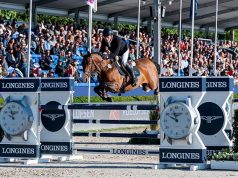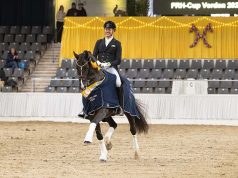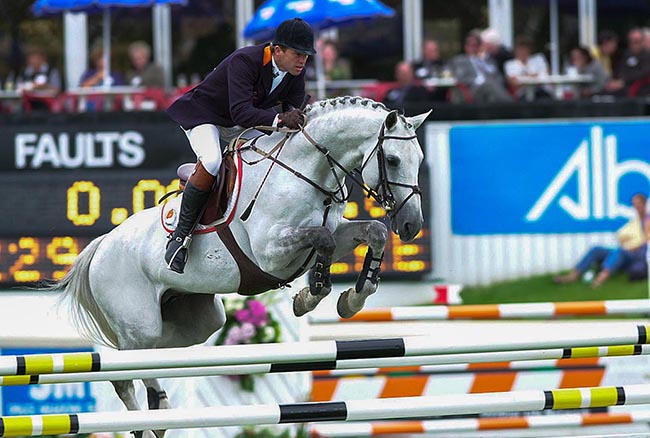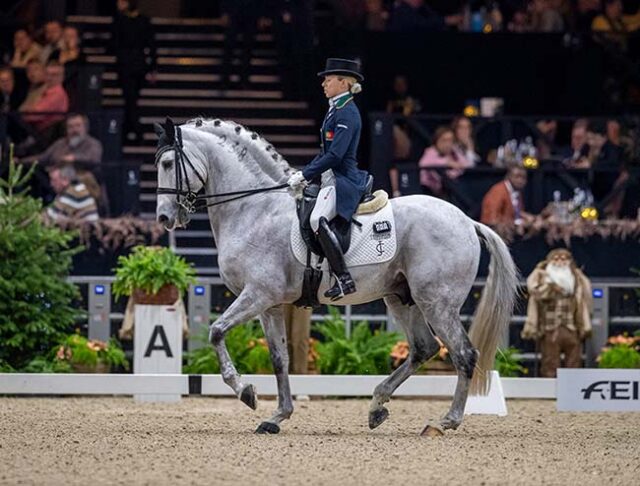
By Bernard Maurel Photography: FEI/Caremans and personal collection
By Bernard Maurel
Photography: FEI/Caremans and personal collection
The dressage World Breeding Championships for Young Horses has existed since 1997, and have always been organized at Verden ( Germany) then at Ermelo (the Netherlands). In each discipline, it’s the countries who breed, select, and prepare sport horses that are concerned with these Championships.
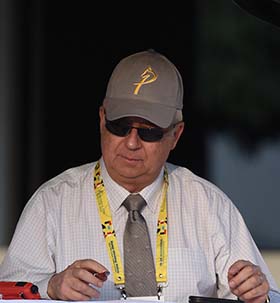
For the dressage specialty, it’s mainly Germany and Holland who are fighting to organise it. In these two countries, the number of horses selected is six per generation, four for Denmark and two apiece for the other countries. But the riders are often riding German or Dutch horses, so this means that it’s not really a competition between different breeding countries and studbooks…
The Iberian horses have been participating regularly at these Championships, but in the tests there are some extensions required, and these horses, when they are young, are not always talented by nature for lengthening their stride. Effectively, it’s logical when selecting sport horses to prioritize the paces and the functioning of the back. Yet the existing exercises in dressage tests and the judging criteria are still orientated on the ‘paces’.
To explain this point: Iberian horses generally need two years to learn how to stretch and extend ‘correctly’ (without hurrying and without to much help from the rider). Similarly, sport horses [Warmbloods] generally need two years to learn how to evolve on the way to collection, to achieve self-carriage and elevation ‘correctly’ (without losing elasticity and without being held too much by strong aids). Therefore, it’s difficult to propose tests and criteria suitable for all breeds.
Another remark about the lack of universal size for these Championships: they are located in Northern Europe, where travel and costs easily dissuade participation, with the exception of horses being trained by neighbouring professional riders (but they rarely compete in this category because they know it’s a risk not to be placed). In general, when horses belonging to other studbooks than the main ones are presented, marks and placings are not always to their benefit... To read the complete article you need to be a subscriber
CLICK HERE TO SUBSCRIBE TO BREEDING NEWS
SUBSCRIBERS CAN READ THE COMPLETE ARTICLE BY LOGGING IN AND RETURNING TO THIS PAGE

